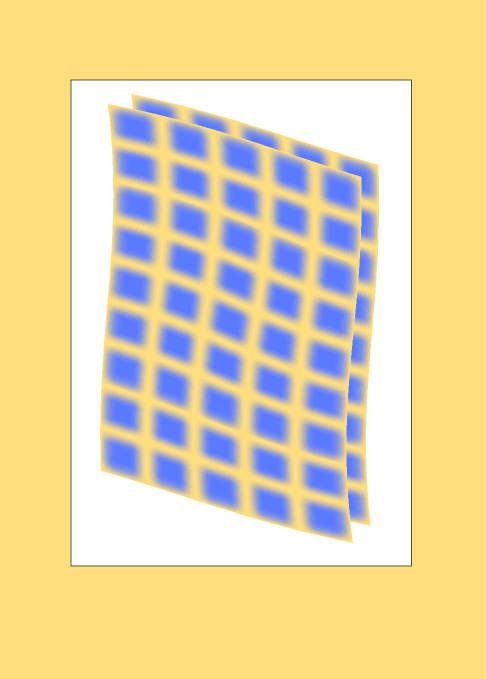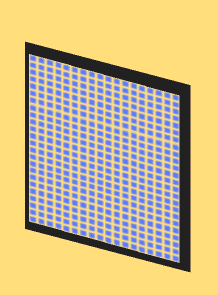

|
||
| |
Core Technology
|
|
| | Cell Matrix Corporation's core technology is a convenient and elegant way to organize matter and energy to do computing. We have self-configurable hardware, and software that lets you configure it to implement circuits and systems. We also have developed software that takes full advantage of our hardware to do things that are painstakingly difficult to do today -- faster, simpler, and cheaper. | |
| | The Cell Matrix architecture is the design for Cell Matrix™ hardware and for its most basic use via low level software. The Cell Matrix architecture is computationally complete and can be used to construct any kind of digital circuit or system, such as a system that is capable of running a computer program or algorithm. The hardware is physically simple and potentially very inexpensive to fabricate. | |
| | The simplest description of the architecture is extremely soft, extremely fine-grained hardware, that is, hardware where every gate and wire is programmed in rather than etched in. That sounds like it could be slow, and if a Cell Matrix implementation is compared to custom ASIC built for the same schematic diagram and fabricated using the exact same technique, it is slower. But once you start optimizing designs for the control structure of a Cell Matrix, assuming problems of large enough scale where the optimizations become noticeable, then the Cell Matrix approach becomes compelling. This Cell Matrix advantage is a control structure that is extremely soft, extremely fine-grained and completely distributed. The Cell Matrix architecture permits codesign of the control structure with the dataflow -- and on a per-problem basis -- leading to hardware where designers can mingle the processing with the data, and colocate the processing with the data it needs, to get optimal performance. | |
| |
Cell Matrix Hardware |

|
| |
A Cell Matrix™ is a multidimensional physical and electrical structure formed from special cells. You build a cell and then you tile them in two dimensions, or you layer two dimensional sheets into a thick laminar surface of multiple, interconnected planes, or you go for the full monte and tile the cells in three dimensions to form a futuristic cuboid structure with immense computing power. (And since you're going for the full monte, you use nanotechnology so that this cube is the size of a sugar cube and yet more powerful than any computer anyone has today. And then you make a million more of them that afternoon.)

|
|
| Cell Matrix hardware is a regular, homogeneous tiling of physically simple, identical, fine-grained cells. Each cell is connected to its nearest neighbors. The benefits of its design are numerous: Cell Matrix hardware is of inherently simple construction, inexpensive (and highly automatable) to manufacture, and flexible with respect to materials used. The architecture provides robustness in the face of both manufacturing defects and damage during operation. |
| |
continue introduction . core | |